April is National Poetry Month!!!
Now, depending on your personal experiences with poetry, you are either smiling with joy and happiness upon hearing that announcement, or you are cringing and considering closing this window. Twenty-five years ago (give or take a few) I was among the cringers. I. Hated. Poetry.
I Used to Love Poetry…
In my college literature class, I was given an assignment: Read and analyze several poems, one of which was “Stopping by Woods on a Snowy Evening” by Robert Frost. I loved that poem. Then … I hated it.
When I first read the poem, I envisioned a cold winter night, perhaps close to the holidays. I could see the sleigh riding through the woods, the snow covered trees and sparkling white flakes floating down softly. It gave me a feeling of calm. I liked the mystery of it. Where did he still need to go? What was he doing out there on that snowy night?
Then I Hated It…
“Silly, naïve girl,” my professor seemed to say as he dismissed all of our interpretations. Then he told us what the poem really meant. It had nothing to do with sleigh rides in the snow. That guy is not going home to warm his toes by the fire with a steamy cup of hot chocolate. He’s going to be dead. Because this poem is about death. Hmm, so I was off a bit.
After many more “interpretations” such as this, poetry was no longer something to read, enjoy and ponder. Poetry was about finding the interpretation (as decided on by the professor), writing an essay about it and getting an A in the class. When the class ended, so did my interest in poetry.
Now, I’ve Evolved…
Hopefully, regardless of your emotional response to the topic of poetry, you are still reading. Because, although I was one of those poem-haters, I have evolved. I have come to appreciate and enjoy poetry. I have also learned that loving or hating poetry relies on several important foundations: the environment that surrounds the poem, the poems chosen and what you invite students to do with them.
Armed with lots of professional reading and three crates full of poetry books, I set out this school year to make a place for poetry in my fourth grade classroom. Although teaching poetry is not one of my strengths (due to my 20-year hiatus), Georgia Heard and Ralph Fletcher provided lots of research and guidance and Lynne Dorfman and Rose Cappelli helped with practical applications and amazing mentor text recommendations. And most importantly were the poets themselves: Shel Silverstein, Valerie Worth, Naomi Shihab Nye, Myra Cohn Livingston, Jack Prelutsky, Eloise Greenfield, Joyce Sidman, Robert Frost and so many, many more who provided the words I needed to get started.
Making a Place for Poetry…
Although I knew my vision for loving and learning poetry did not seem to align with my district’s paced curriculum, and I didn’t have a unit plan to guide my way, I did know that poetry had an important place in our learning. I also knew that the environment surrounding poetry was critical to its success. So, I began by creating a priority location for our beautiful books. My intended message was this: every poet and type of poetry have value and are worthy of our time and thinking, so I am providing access to books, anthologies, many different poets and poems and the time to read them.
I will pull out my soapbox briefly to say—poetry is so much more than a black and white copy passed out each week, stuffed into a designated folder, and turned into required close reading assignment.
It is collections of poems that “fall down the page:”
Falling Down the Page ![]() (Grades 4-7) by Georgia Heard
(Grades 4-7) by Georgia Heard
The atmosphere we create around poetry is just as important as the poems we share. There is a big difference between teaching poetry and fostering a love of poetry. Effective teachers of reading and writing are readers and writers themselves. It is the same with poetry. Our love of books and passion for poems can be contagious if we let it. And a lack of enthusiasm can have just as strong an impact.
Poetry in the Classroom
When it comes to specific poems, I choose carefully. I know I am up against some critical readers. Their opinions are often based on first impressions and it’s hard to change a 10-year-old’s mind. This year I launched our work with poetry using some of my favorite poems, “Sick,” by Shel Silverstein and “This Is Just to Say” by William Carlos Williams. After reading and rereading to and with my students, I wanted to know their insight. What did they know about poetry? What did they think about it? So I asked,
“Which one of these is a poem?”
“What is a poem?”
“What is poetry?”
We began recording our thinking onto an anchor chart to represent what we understood. And throughout the school year, with each new poem and experience, we built on that foundation.
That first day I gave my students lots of time to read, explore and begin collecting poems they enjoyed. They devoured the words hungrily, tabbing books, copying poems into their notebooks and begging to read them aloud to the class. I hoped to maintain and elevate that enthusiasm throughout the year.
There are many different factors to consider when selecting poems for poetry mini-lessons. Is this poem intended to enrich our content or to build comprehension? Are we developing word choice and vocabulary or are we focusing on the author’s purposeful use of craft and structure? Poems are ideal for supporting writers as well, borrowing the structures as scaffolds or generating ideas from the content or theme.
Poetry Mini-Lessons:
If I Were in Charge of the World and Other Worries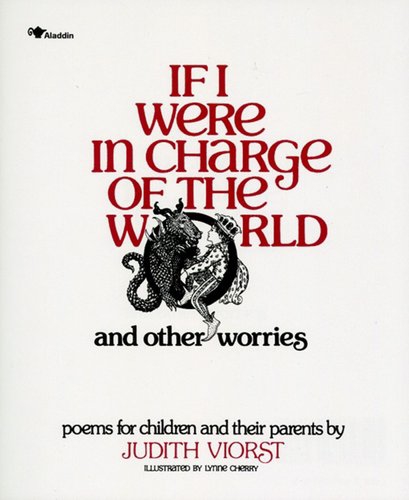
![]() (Grades K-12) by Judith Viorst
(Grades K-12) by Judith Viorst
Goal: Reading poetry with meaning
Teach: Readers can look for signals in the poems for clues to how to read them (stanzas, line breaks, etc.) and how plan for poetry reading by coding text.
Using this text/poem: Most poems will work in this mini-lesson. I chose this particular text because I knew we would be using some of the poems as scaffolds for our own writing later in the year.
The Spider and the Fly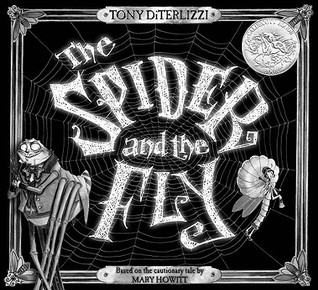
![]() (Grades 1-6) by Mary Howitt
(Grades 1-6) by Mary Howitt
Goal: Reading and responding with evidence from the text.
Teach: When readers make inferences about the story we need to support our thinking. We can use the sentence stem, I think … because …
Using this poem/text: I shared just the text for the first readings. I wanted students to focus on the language and word choice and form images in their minds before they read the illustrated version.
Scarecrow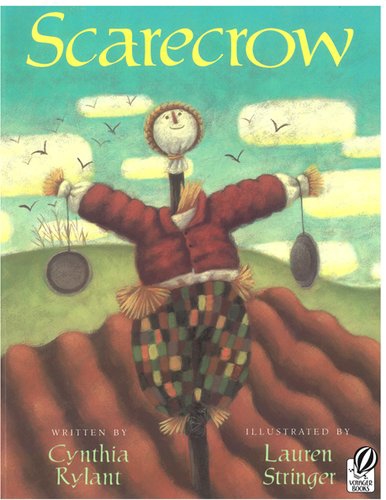
![]() (Grades 1-4, Level R, Lexile AD600) by Cynthia Rylant
(Grades 1-4, Level R, Lexile AD600) by Cynthia Rylant
Goal: Using picture books as a source for Found Poetry
Teach: Readers can look for important words and rich language in our reading, jotting them down in a list. These words can then be transformed into our own found poetry.
Using this poem/text: After reading The Scarecrow by Cynthia Rylant, we went back into the book and looked for significant words. In a shared writing experience, we listed these words and phrases onto chart paper. Next I demonstrated how to turn those found words and phrases into an original poem, inviting students to join me in the writing. The next day they went through the whole process independently, moving from rich text to lists to original found poetry.
You Read to Me, I’ll Read to You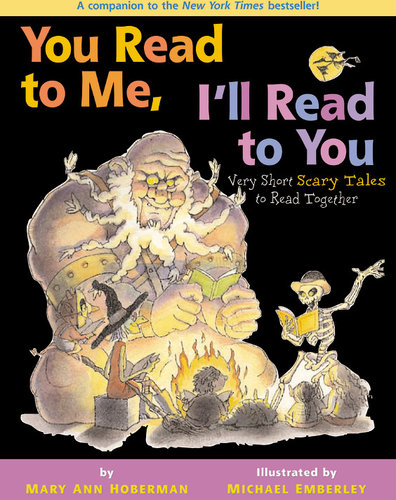 (Grades P-3, Level M) by Mary Ann Hoberman
(Grades P-3, Level M) by Mary Ann Hoberman
Goal: Performing poetry for two voices
Teach: Students work in pairs developing their fluency and intonation while preparing for a poetry performance.
Using this poem/text: All of the books in this series are available in our poetry collection. The collaborative work they did together brought out many strengths students had as readers and performers. Struggling readers especially benefitted from the opportunities for repeated reading.
How to Be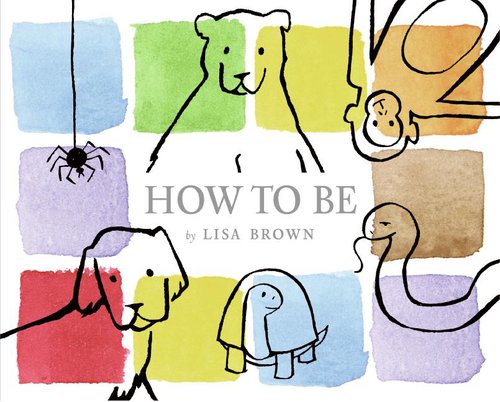 (Grades P-2) by Lisa Brown
(Grades P-2) by Lisa Brown
Goal: Writing original poems using a text structure as a scaffold
Teach: After sharing the text, How to Be by Lisa Brown, I shared an original poem I had written based on the scaffold of the book’s structure. Students noticed how I maintained the tense of the book and the simple sentences.
Using this poem/text: The writing we created was compiled into an anthology of How to Be poems and was presented as a going away gift for our student teacher. It was an easy structure to emulate and the content of the poems highlighted the uniqueness of each student. After the ease and success of this lesson, it is something I will likely do at the beginning of a school year as a way to get to know the personalities in my classroom.
Looking back on this year I think it is safe to say that my class has dabbled a little bit in poetry. We’ve done a little bit of reading, a little bit of writing and even a little bit of performing. We have a long way to go before I would call us a model classroom for poets, but dabbling can lead to digging. And this year, dabble we did. Plus, we still have plenty of time…it’s only April. We have “miles to go before we sleep.”
Authors Cited
Dorfman, Lynne and Cappelli, Rose. Poetry Mentor Texts: Making Reading and Writing Connections, K-8. Portland, ME. Stenhouse, 2012.
Fletcher, Ralph. Poetry Matters: Writing a Poem from the Inside Out. New York, NY. Harper Trophy, 2002.
Heard, Georgia. Awakening the Heart. Portsmouth, NH. Heinemann, 1988.


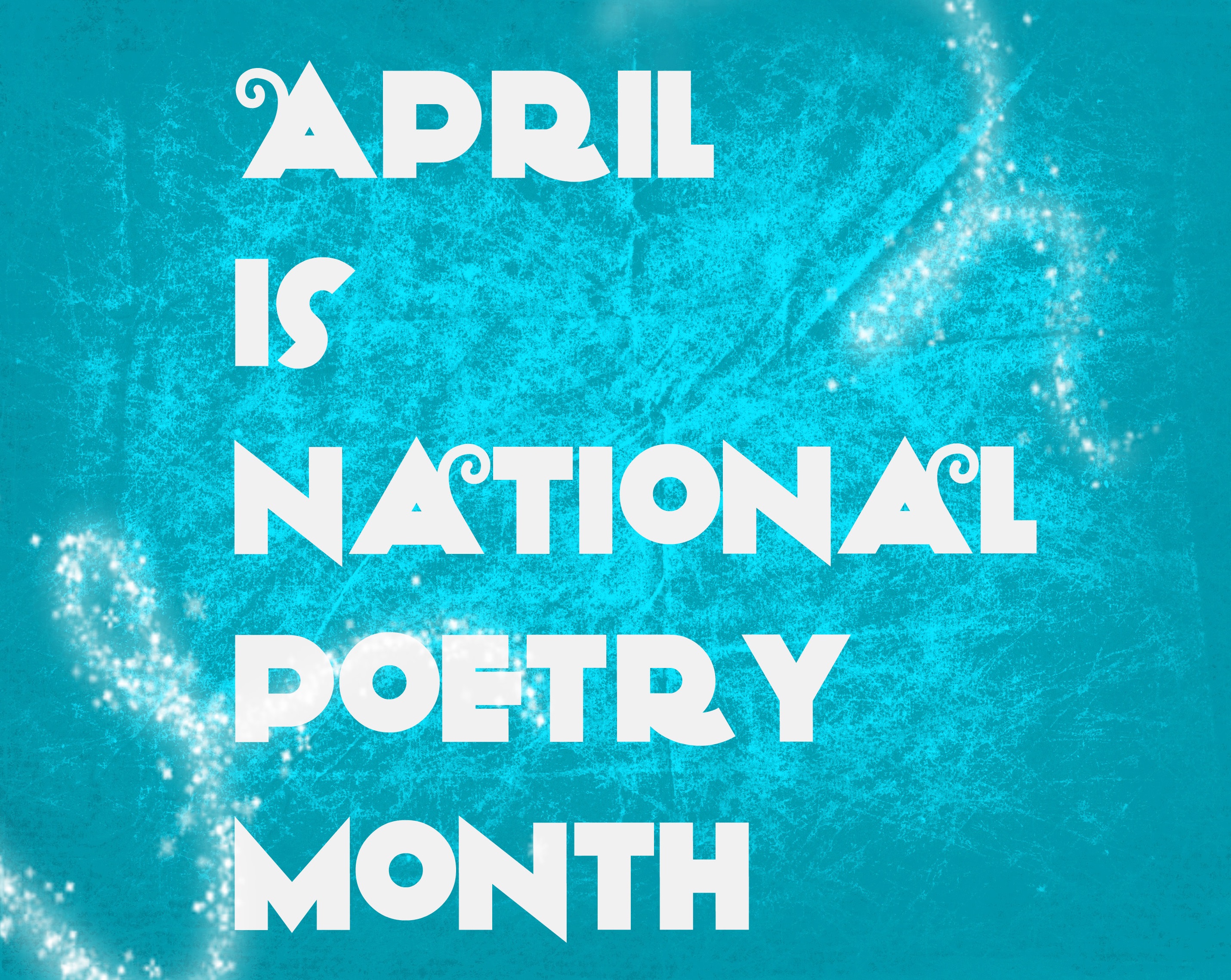
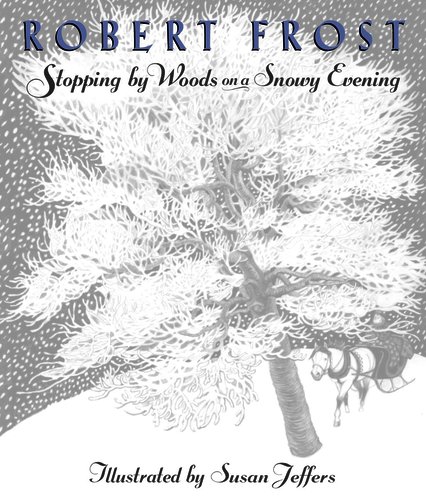
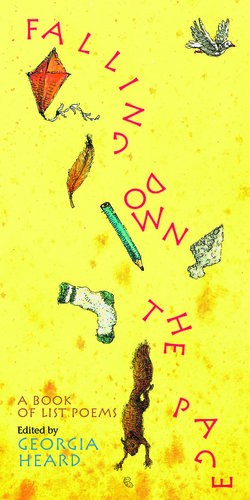

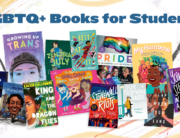
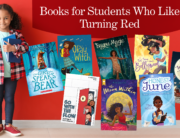
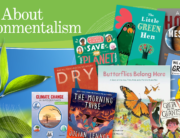
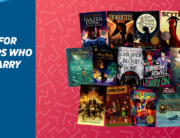
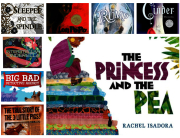
Thanks for sharing! I love poetry!! While I have some of the books mentioned, you’ve given new ones to check out, and I appreciate that!
Thank you for a wonderful, witty and inspiring article! I will most certainly be sharing with the lovers of poetry I know! 🙂
Great article Jen! Poetry isn’t a favorite of my 6th grader. Tough sell for his literal thinking. I’ll look into some of the recommendations- and re-read Frost too.
Love the variety and your very well written article. I appreciate the idea of interpretation and teachers not forcing that on their students but rather facilitating a love of poetry.
Great suggestions for mini-lessons to use in the classroom. I appreciate the reminder to not always pass out a copied poem, but rather, provide a collection of poetry books that students can enjoy.